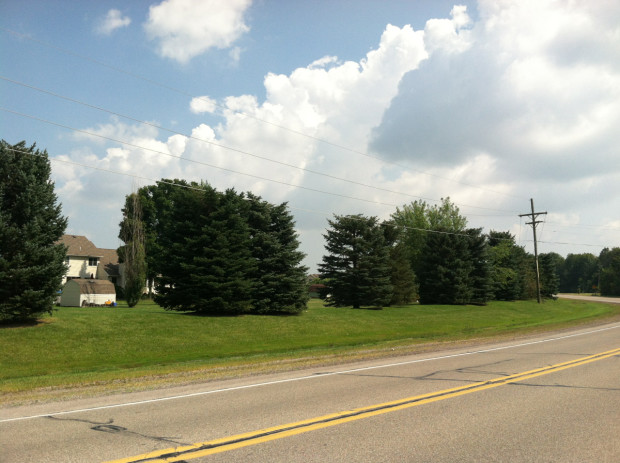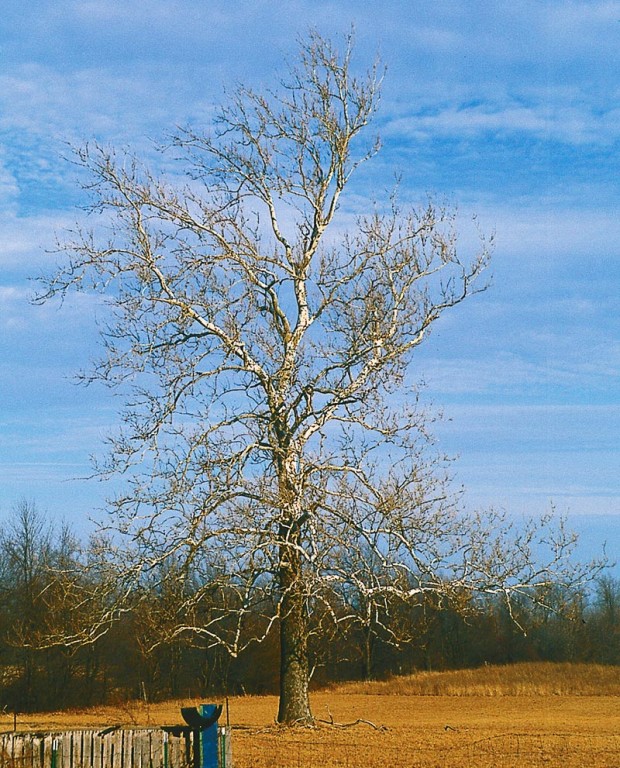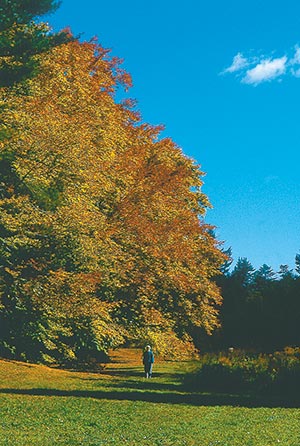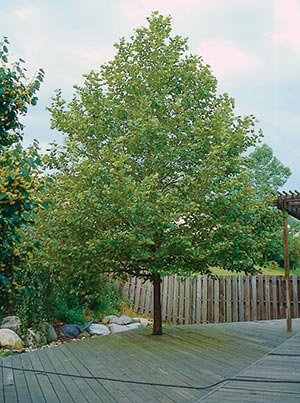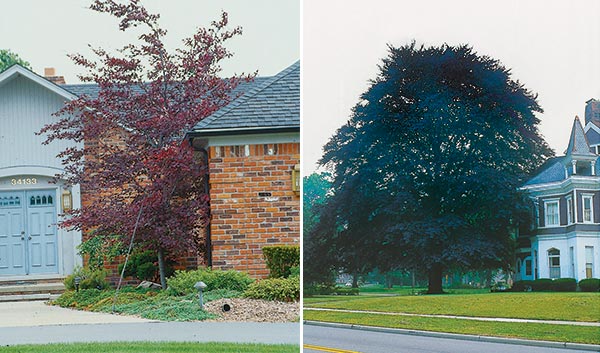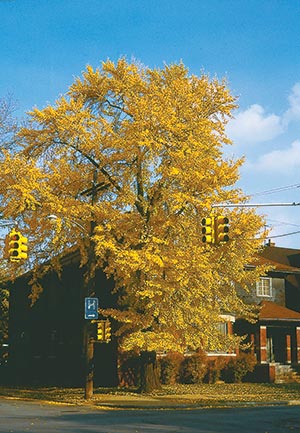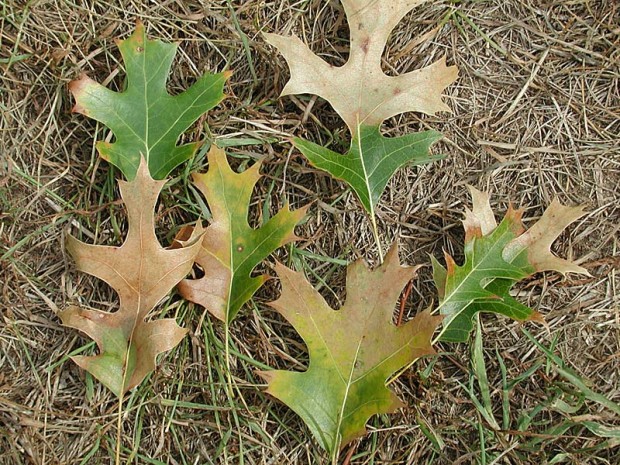Part 2 of 2
Shrubs grown as perennials and perennials grown as shrubs
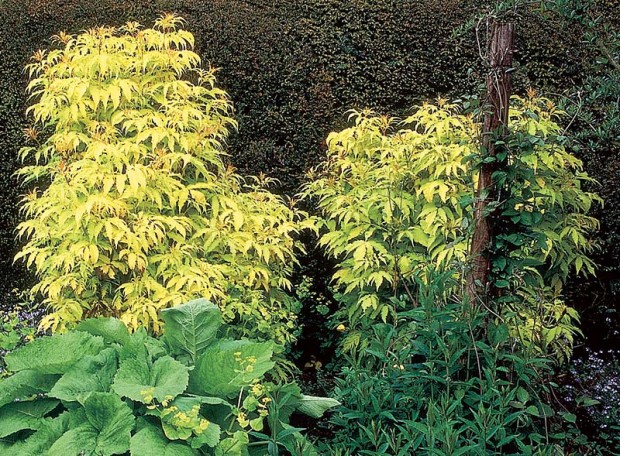
Shrubs as perennials
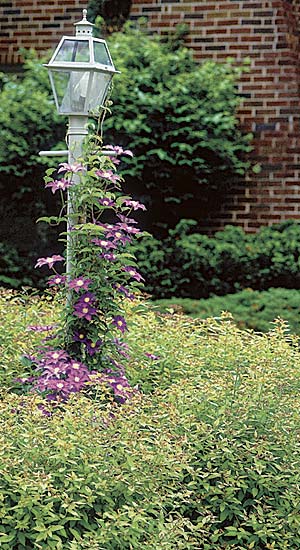
If we grow a shrub for its foliage (barberry, privet, smoke tree and others), or we like the flowers and they are produced on wood that grew just this year (rose of Sharon, beautyberry, potentilla and others), why not cut it back to stubs every April 1, treating it like the herbaceous perennials we leave standing for winter interest? That’s what we can do with all of those on this list. Some of them you already grow this way (butterfly bush, blue mist spirea, Russian sage), and don’t even give much thought to the fact that they’re shrubs. The others on the list are just as amenable to this treatment.
What can you expect will be different about a shrub treated as a perennial? Cut back to nubs every spring, a shrub may be only 2 to 4 feet tall at its height every year—shorter than otherwise, but tall enough for most gardens. Flowering isn’t usually affected except that it may come later in the season than on un-cut shrubs of the same type—not a problem if you added these plants to your garden specifically to continue the floral show after spring and early summer perennials finish their show. The foliage on first-year branches is often larger and more intensely colored than normal, which is a plus. Also, the new wood itself is often more intensely colored than older branches, so shrubs we like for their stem color in winter are even more attractive when treated this way.
Shrubs grown as perennials:
- Barberry* (Berberis thunbergii varieties)
- Beautyberry# (Callicarpa japonica). Purple berries in fall are the attraction.
- Blue mist spirea or bluebeard#* (Caryopteris x clandonensis)
- Butterfly bush# (Buddleia davidii)
- Chaste tree# (Vitex negundo)
- Dwarf spirea#* (Spiraea x bumalda)
- Elderberry* (Sambucus varieties with gold or bicolor leaf)
- Golden vicary privet* (Ligustrum x vicaryii)
- Panicle hydrangea# (H. paniculata) and snowball hydrangea# (H. arborescens). Please don’t confuse these with other types of hydrangea such as the blue-, pink-flowered or oak leaf types which need two-year-old wood to bloom.
- Potentilla# (P. fruticosa)
- Redtwig and yellowtwig dogwood (Cornus alba, C. sericea). Winter stem color is the primary show.
- Rose of Sharon# (Hibiscus syriacus)
- Smoke tree* (Cotinus coggygria)
* shrub grown for its foliage
# shrub grown for its flowers (on new wood)
Perennials as shrubs
Some herbaceous perennials are so large and sturdy that they can overwhelm the rest of a garden. Instead of shrubs, they can be used as hedges, specimens, or even foundation plants. The only catch is that they will vacate their spots once a year, either from fall when they die back until early summer when they’ve once again reached the desired height, or if their stems are sturdy enough to stand over winter, we lose them only from early spring when we cut them back until early summer.
One additional feature I require of perennials used this way is that they be long-lived and clump-forming. I want to be able to depend on them to be in the exact same place for a number of years, as I would a shrub.
Perennials grown as shrubs…
- Boltonia (B. asteroides). 3 to 4 feet tall. White or pink flowers appear almost as a surprise every September.
- Cup plant (Silphium perfoliatum). 6 feet or more. Produces small sunflowers in July.
- False indigo (Baptisia australis). 3 to 4 feet tall. Contributes wands of blue flowers every June and can look like a black iron sculpture over winter.
- Goatsbeard (Aruncus dioicus). 4 to 5 feet tall.
- Ornamental grasses, particularly maiden grass (Miscanthus varieties) and feather reed grass (Calamagrostis acutiflora). Heights range from 2 to 8 feet. Fall and winter aspects can be stunning.
- Peony. 3 feet. Hardly bears listing, since it’s almost a usual thing to grow it as a hedge.
- Perennial sunflower (Helianthus x multiflorus). Cheery single or double sunflowers several inches across, every August. 3 to 5 feet tall.
- Purple bush clover (Lespedeza thunbergii). 5 feet tall, with great showers of pink flowers every September.
- Russian sage (Perovskia atriplicifolia). 3 to 4 feet tall.
- Sedum ‘Autumn Joy’. 18 to 24 inches. Like peony, it hardly bears listing since it’s been in foundation plantings for decades.
Vines as shrubs, trees or groundcover
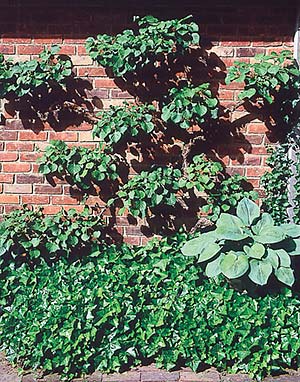
We think of vines when we need to cover a trellis or other vertical surface, but many vines are also happy to cover the ground. English ivy may come to mind right away, but keep an open mind to Hall’s honeysuckle (Lonicera japonica ‘Halliana’) and clematis that can be cut back in spring but still bloom that year (late-blooming species such as C. texensis and C. viticella and fall-blooming clematis C. maximowicziana, C. paniculata or C. terniflora).
If I want a vine to cover the ground and provide flower, too, there are some plants I have to strike off my list. Climbing hydrangea (H. anomala petiolaris), wisteria and trumpet vine (Campsis radicans) will clamber happily on the ground but won’t bloom there. Their flowers come after the plant has established a strong vertical framework with permanent (woody) horizontal side branches.
Some vines can also be convinced with regular pruning to stay in a relatively tight shape like a mounded shrub. With staking, they can even be a small tree. Evergreen euonymus (E. fortunei varieties such as ‘Ivory Jade,’ ‘Emerald Gaiety’ and ‘Sunspot’) is so amenable to use as a shrub that many people don’t even know how beautifully it climbs when given a chance.
A few, such as wisteria, trumpet vine, silver lace vine (Polygonum aubertii), evergreen euonymus and climbing hydrangea, can develop main canes so thick that they can serve as trunks. Strap a sturdy young cane to a strong post, cut off all suckers from the roots and shoots from low on the trunk-to-be, and give it a few years to thicken that cane. Don’t forget, though, that most of these are large plants and so their “crown”—once they’re trained as a tree—will need hard pruning at least once a year to keep it in bounds. Some, such as trumpet vine and wisteria, will also sucker like a wild thing, so it’s wise to site them where they will be surrounded by mowed lawn.

